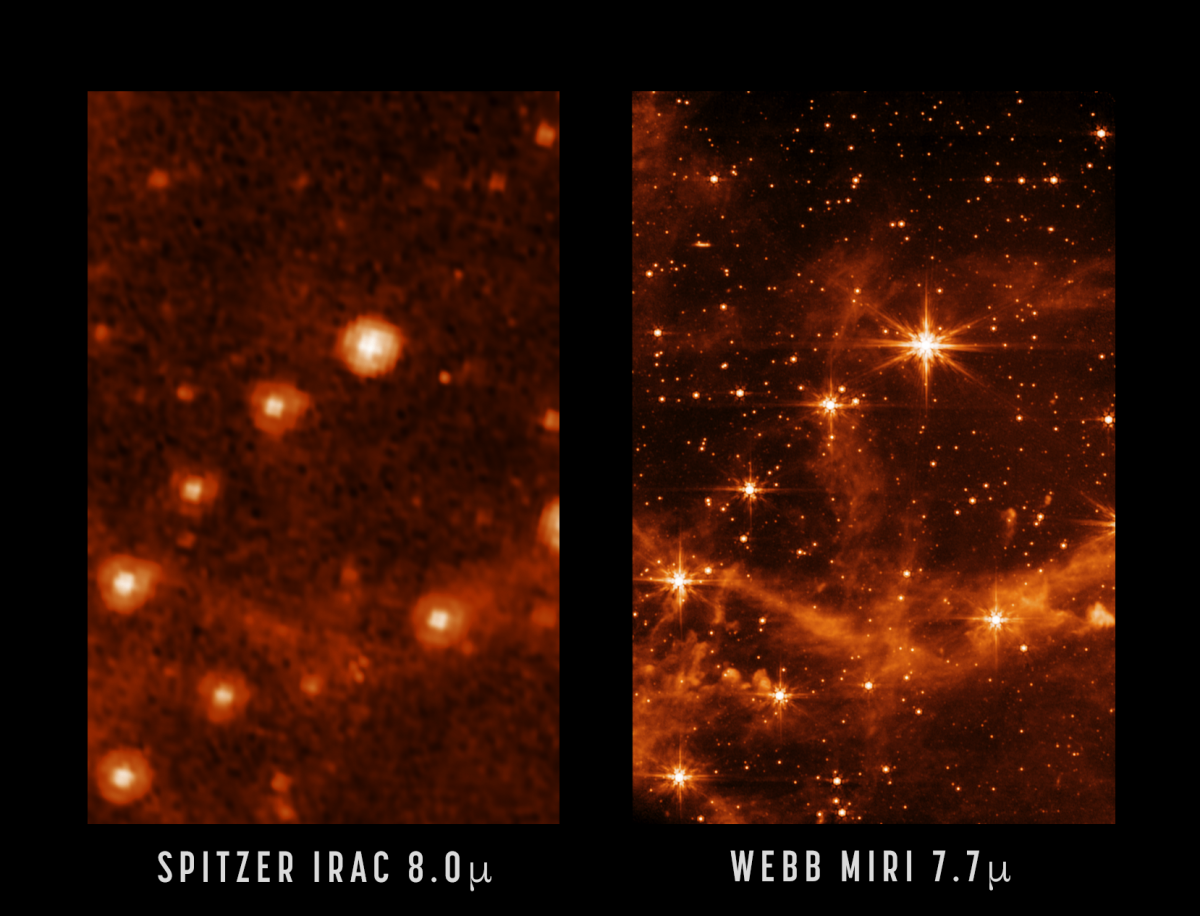And then you have the supermassive black hole TON 618, which is 66 billion times more massive than the Sun, and is 144 trillion times brighter. Its event horizon has a radius of ~1300 AU, which means it would stretch more than 40 times further out than Neptune's orbit if it were in the same spot as the Sun.
It's so big that if it weren't for the stupendous amounts of radiation coming off the accretion disk around it, you could probably get well inside the event horizon before you suffered any spaghettification.




